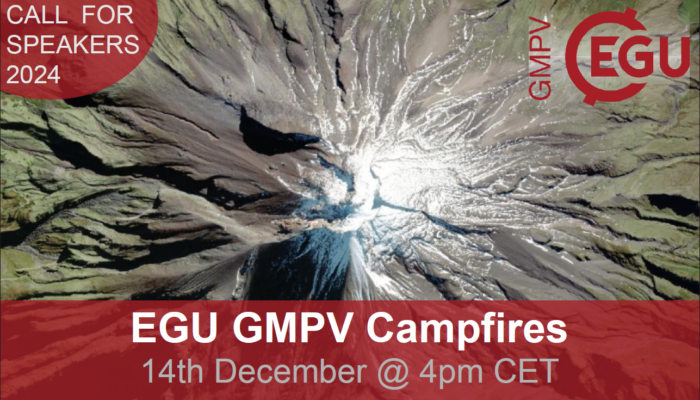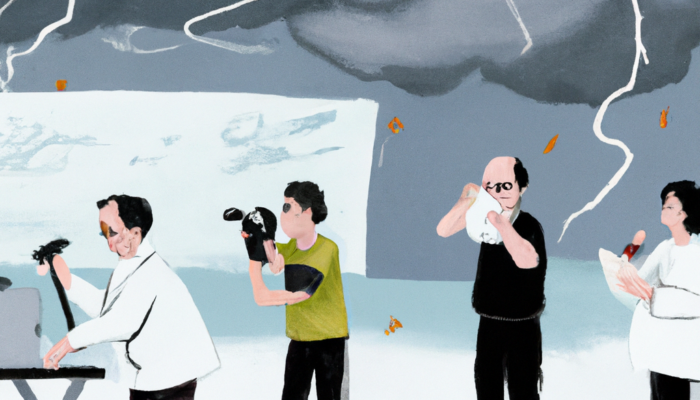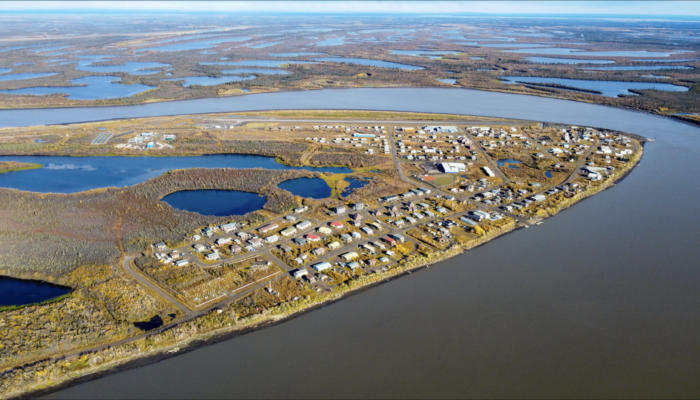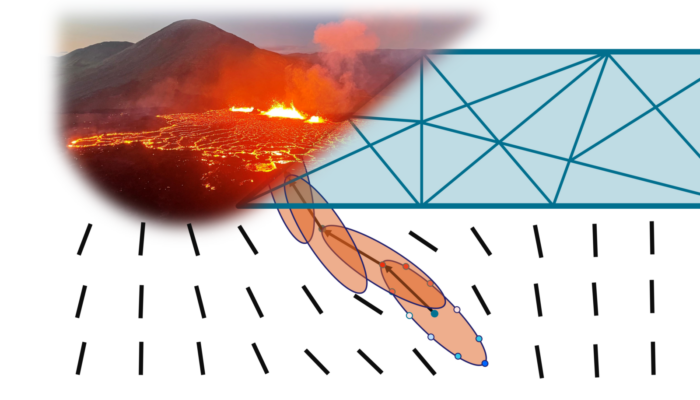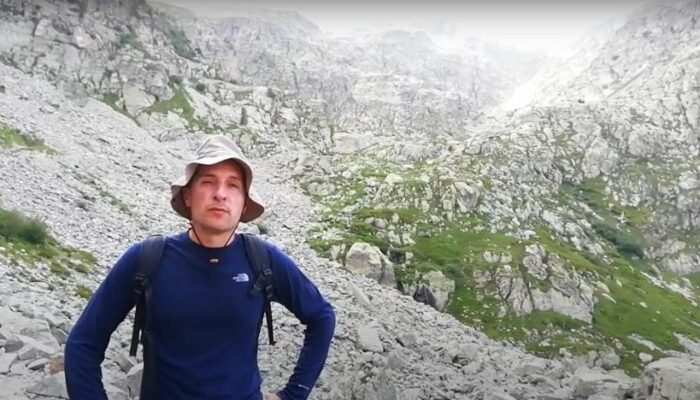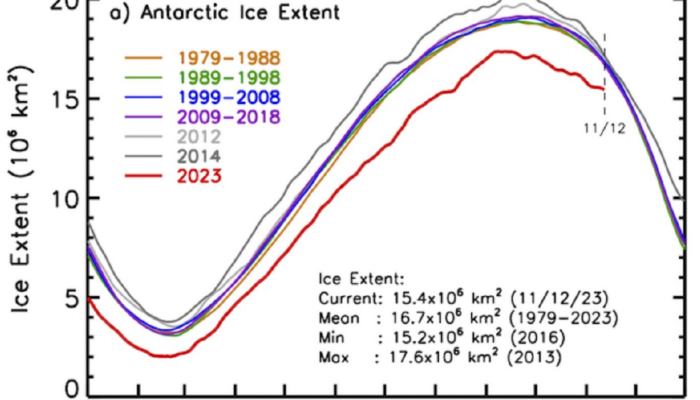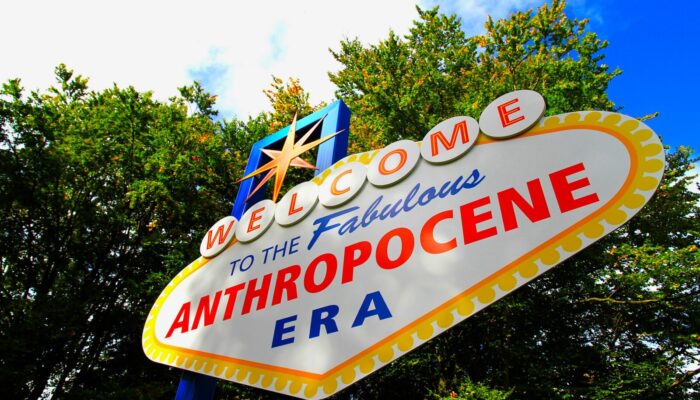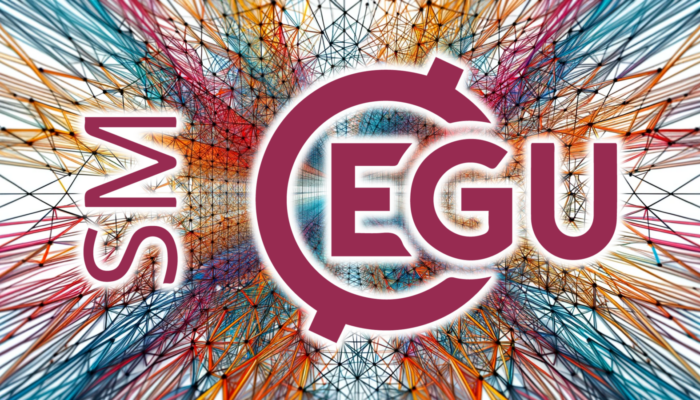Mark your calendar! The next edition of the Geochemistry, Mineralogy, Petrology and Volcanology division’s ECS talks – the Campfires – will be back on Thursday 14th December at 4pm CET on Zoom. This edition will be a Scientific Campfire, during which three early career scientists will present their latest work to the community. Our speakers for this edition are: Shreya Kanakiya ̵ ...[Read More]
Nonlinear Processes in Geosciences
Bridging Mathematics and Climate Science: the AMS MRC programme for June-July 2024
The American Mathematical Society’s Mathematics Research Communities (MRC) continues to be a beacon for early-career mathematicians seeking professional development. This esteemed program offers opportunities to hone collaborative research skills, cultivate networks within active research domains, and benefit from mentorship by leaders in the field. As part of the MRC initiative, the upcoming conf ...[Read More]
Cryospheric Sciences
UndercoverEisAgenten – Permafrost, drones and young explorers investigating Arctic change
The “UndercoverEisAgenten” project takes us on a drone journey over the ever-changing permafrost landscapes. Initiated by the Alfred Wegener Institute (AWI) for Polar and Marine Research, the German Aerospace Center’s (DLR) Institute of Data Science, and the Heidelberg Institute for Geoinformation Technology (HeiGIT), this venture is about more than just capturing images. It̵ ...[Read More]
Geodynamics
The Sassy Scientist – The crit fail
While we are getting this close to unwrapping our advent calendars, here is a question that will keep us away from the first chocolate for a bit. Rowan asks: How do I tell my partner who is also in academia to talk less about work outside the office? Dear Rowan, Oh, this question hits home for many academics. Seriously, though. I don’t know the exact statistics but let me have a quick search…. Wel ...[Read More]
Geodynamics
Modelling Magma Propagation in Three Dimensions – Or: How I Learnt to Stop Worrying and Love Simplicity
The crisis unfolding these days in Grindavík, Iceland reminds us of how important it is to forecast volcanic activity. Predicting the outcomes of volcanic unrest, or a magmatic intrusion making its way towards the surface, essentially amounts to three questions. Will there be an eruption? How much time before it starts? Where exactly will the eruption occur? Answering any of these questions is a d ...[Read More]
Geomorphology
A Message to Young Geomorphologists – Matteo Spagnolo
In the video below, Professor Matteo Spagnolo at the University of Aberdeen shares some of his advice for young geomorphologists. Enjoyed this post? Please contact one of the GM blog editors, Emily or Emma, if you’d like to contribute on this topic, or others.
Natural Hazards
You can be the next Early Career Scientist Representative for the NH Division!
The Division on Natural Hazards of the European Geosciences Union is looking for a new Early Career Scientist (ECS) representative (rep) and co-representative (co-rep) for the period 2024-2026. The outgoing rep (Silvia De Angeli) and co-rep (Negar Vakilifard) will be standing down officially at the EGU General Assembly 2024, so this is your opportunity to take these roles! Why become an Ear ...[Read More]
Cryospheric Sciences
An exceptional year: What’s up with Antarctic sea ice?
In our blog, we have written a lot about Arctic sea ice (see this post, this post and this post for recent examples). Much less has been written about Antarctic sea ice, i.e. its southern counterpart. That is not surprising as Arctic sea ice has experienced major losses since the late 1970s (beginning of satellite observations), while not much had happened to Antarctic sea ice (despite a small exp ...[Read More]
Climate: Past, Present & Future
Why would anyone care about an ‘Anthropocene’?
– A debate among scientists and its impact on us The epoch of humans (and their obvious intervention in the Earth system) In order to understand what the ‘Anthropocene’ means for us, we need to define first what it actually is. This poses a rather complex question in itself, as various disciplines have given the term rather different and alternative definitions. For instance, the public medi ...[Read More]
Seismology
Unlock Our Collective Potential: The Value of Joining the Seismology ECS Group
In this blog contribution, Foivos Karakostas, Research Fellow in Seismology at University College London and incoming ECS representative of the EGU Seismology Division, explains how to become a member of the EGU Seismology ECS representatives team, why it is worth it, and what exciting opportunities await your participation in it. The journey of science is one of the most exciting adventures human ...[Read More]

